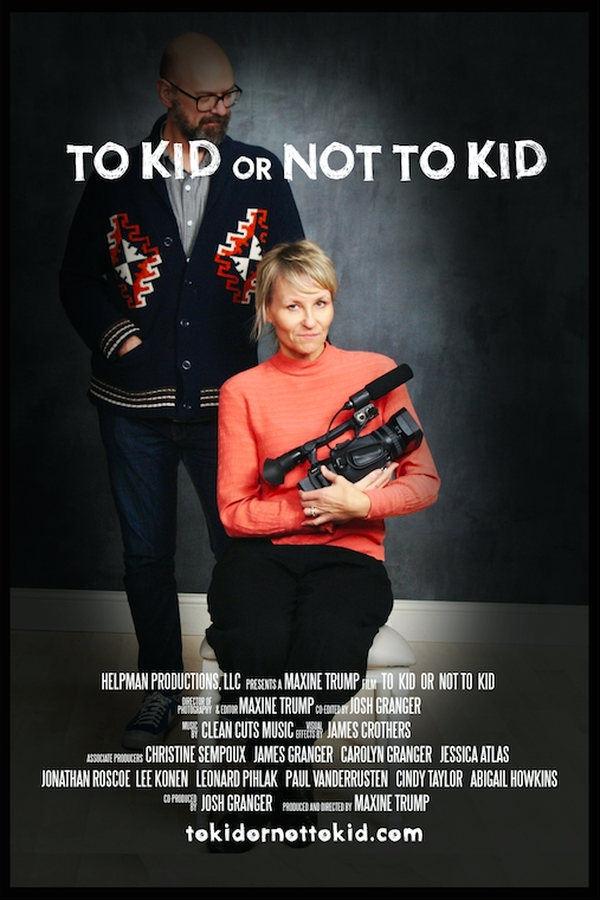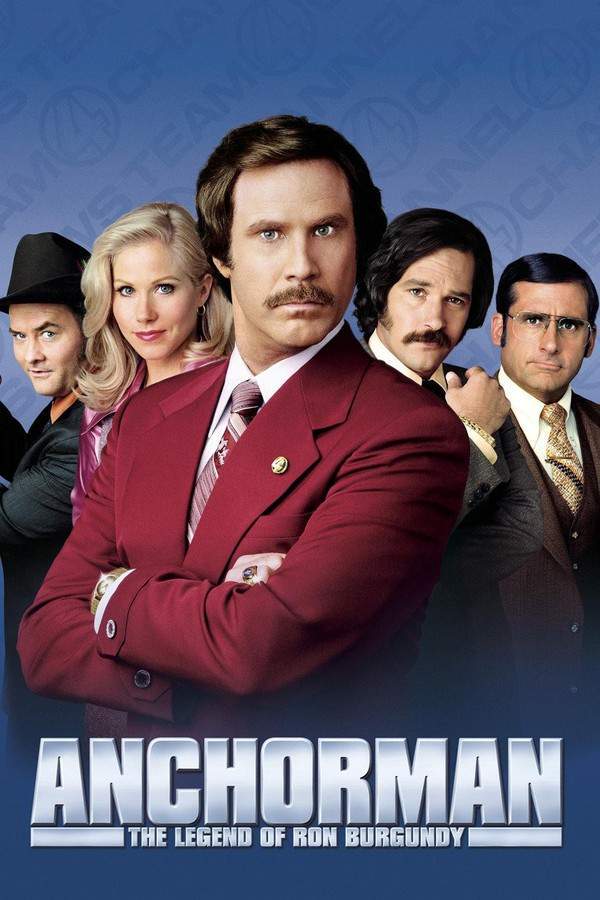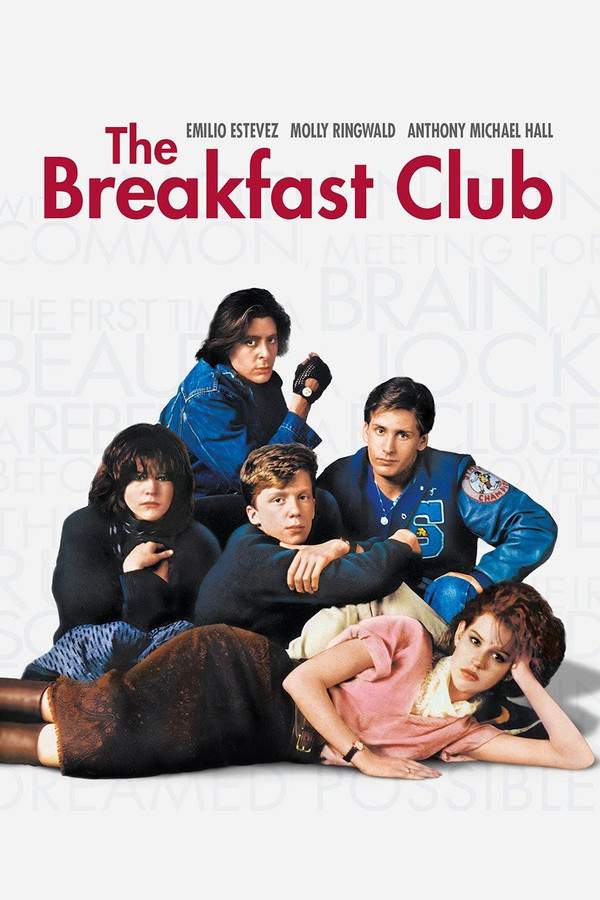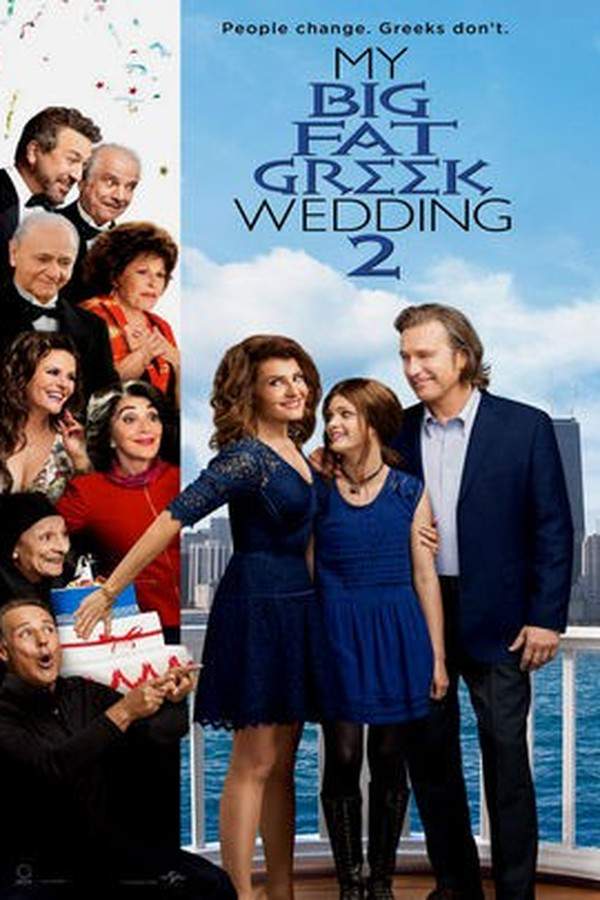What's After the Blog?
History • Culture
Comedy in Cinema: How Humor Evolves Across Cultures
Explore the evolution of comedy in cinema across cultures, from the silent film era to the digital age, and discover how humor reflects societal changes and connects us globally.
January 31, 2024

Movies mentioned in this article
Comedy in Cinema: How Humor Evolves Across Cultures
Introduction: The Universal Language of Laughter
Comedy, often hailed as the universal language of laughter, has been an integral part of cinema since its inception. This genre, transcending boundaries and cultures, offers a unique window into the societies that produce it. Comedy in films is not just about eliciting laughter; it’s a reflection of the societal norms, political climates, and cultural idiosyncrasies of its time.
At its core, comedy is a versatile tool that filmmakers use to entertain, provoke thought, and even challenge societal norms. From the slapstick antics of the early 20th century to the satirical and witty dialogues of modern cinema, comedy has continuously evolved, adapting to the changing tastes and sensibilities of audiences worldwide. Films like Charlie Chaplin’s Modern Times and Mel Brooks’ Blazing Saddles not only brought laughter but also subtly critiqued the social issues of their era, proving that comedy can be both light-hearted and deeply meaningful.
In different cultures, comedy takes various forms, shaped by local customs, traditions, and humor. What’s considered hilarious in one culture might be perplexing or even offensive in another. This diversity in comedic expression is what makes the genre so fascinating and significant in understanding the human experience across the globe.
Through the lens of comedy, we see a reflection of the hopes, fears, and values of different societies. It’s a genre that, at its best, unites us in our shared humanity, finding common ground in the joy of laughter. As we delve deeper into the roots and evolution of cinematic comedy, we invite you to join us in this exploration of laughter’s many faces around the world.
The Roots of Cinematic Comedy
The origins of comedy in cinema can be traced back to the silent film era, a time when visual gags and slapstick humor reigned supreme. Without the use of sound, early filmmakers relied heavily on physical comedy and exaggerated expressions to convey humor. Icons like Charlie Chaplin and Buster Keaton mastered this art, creating timeless classics that remain influential to this day.
Charlie Chaplin, with his iconic character “The Tramp,” brought a blend of pathos and humor to the screen. His films, such as The Kid and City Lights, showcased a perfect balance of comedy and sentimentality, making him a beloved figure worldwide. Buster Keaton, known for his deadpan expression and incredible physical agility, created masterpieces like The General and Steamboat Bill, Jr.. These films demonstrated Keaton’s genius in visual comedy and his ability to craft elaborate set pieces and stunts.
But how did these silent movies convey humor without sound? The answer lies in the ingenious use of visual storytelling. Filmmakers employed techniques like exaggerated body language, facial expressions, and slapstick comedy to communicate with their audience. The humor was universal, transcending language barriers and appealing to a wide range of viewers. These silent comedies often involved elaborate physical gags, chase scenes, and a certain level of absurdity that made them universally appealing.
In this era, comedy also served as a form of escapism for audiences dealing with the hardships of the early 20th century. It provided a respite from the realities of war, economic struggles, and social upheaval. The laughter these films brought was not just entertainment; it was a necessary relief, a unifying force in turbulent times.
The silent film era laid the groundwork for all future comedic cinema, establishing basic tropes and techniques still used today. It highlighted the power of visual humor and set the stage for the endless possibilities of comedy in film. As we transitioned into the era of sound, these foundational elements continued to influence the genre, evolving with technology and changing societal norms.
In our next sections, we will explore how comedy has adapted to these changes and how different cultures have infused their unique flavors into this beloved genre.
Cultural Nuances in Humor
The tapestry of cinematic comedy is richly woven with cultural nuances that reflect the unique sense of humor of each society. Humor, in its essence, is deeply intertwined with cultural context, making what is hilarious in one country potentially puzzling or even offensive in another. This diversity in comedic expression not only highlights the varied tastes in humor but also provides insight into the societal norms and values of different cultures.
In American cinema, comedy often revolves around a more direct and explicit form of humor. Films like Anchorman: The Legend of Ron Burgundy and The Hangover exemplify this, using bold and sometimes outrageous humor to evoke laughter. American comedies often feature a mix of slapstick, satire, and witty dialogues, reflecting the society’s openness and diversity.
British comedy, on the other hand, is renowned for its dry wit and understated humor. Classic British sitcoms like Fawlty Towers and films such as Monty Python’s Life of Brian are prime examples. They often employ irony, sarcasm, and a subtle form of humor that might not always be immediately apparent to those outside the culture. This type of comedy reflects the British penchant for understatement and a certain level of restraint in expression.
Asian comedies, particularly from countries like Japan and South Korea, often blend traditional elements with modern humor. Films like My Sassy Girl from South Korea and Tampopo from Japan showcase a unique blend of cultural themes, slapstick, and situational comedy. These movies often explore themes of family, societal expectations, and the clash between traditional and modern values, reflecting the complexities and nuances of Asian societies.
But why do some jokes get lost in translation? The answer lies in the cultural references, linguistic nuances, and societal contexts that are deeply embedded in humor. A joke that resonates well in one culture might fall flat in another due to differences in values, traditions, and historical context. This highlights the challenge and beauty of cross-cultural comedy - the ability to create humor that transcends cultural barriers while retaining its cultural essence.
Evolution of Comedy Over the Decades
Comedy in cinema has undergone significant evolution over the decades, mirroring the changes in society and the shifting sensibilities of audiences. From the physical slapstick of the silent era to the more sophisticated satire and parody of recent times, comedy has continuously adapted to reflect the zeitgeist.
The transition from silent to sound cinema brought a new dimension to comedic films. The introduction of dialogue allowed for more nuanced humor and witty banter. The Marx Brothers, with films like Duck Soup and A Night at the Opera, were pioneers in using sharp dialogue and absurd situations to generate laughter, setting a new standard for the genre.
The post-war era saw the rise of satirical comedy, which used humor to critique societal norms and political issues. Films like Dr. Strangelove by Stanley Kubrick used dark humor to comment on the absurdity of the Cold War tensions. This era also saw the rise of romantic comedies, blending humor with love stories, exemplified by classics like Some Like It Hot and Breakfast at Tiffany’s.
The 1980s and 1990s saw a diversification of comedy with the emergence of sub-genres like teen comedies, exemplified by John Hughes’ films like Ferris Bueller’s Day Off and The Breakfast Club. These films resonated with a younger audience, combining humor with the angst and experiences of teenage life.
In recent years, comedy has become more inclusive and diverse, reflecting the broader societal move towards representation and inclusivity. Films like Bridesmaids and Crazy Rich Asians have broken stereotypes, showcasing female-led and culturally diverse casts, respectively. The rise of streaming platforms has also played a significant role in the democratization of comedic content, allowing for more varied and niche humor to reach global audiences.
The evolution of comedy in cinema is a testament to the genre’s resilience and adaptability. It continues to evolve, incorporating new themes and styles, and remains a vital tool for filmmakers to entertain, critique, and reflect on the human condition.
Comedy in the Digital Age
The advent of the digital age has significantly reshaped the landscape of comedy in cinema, introducing new mediums and platforms for comedic expression. The influence of the internet, social media, and memes has opened up novel avenues for humor that resonate with the tech-savvy generation. This era has witnessed a shift from traditional forms of comedy to more dynamic and interactive formats.
The rise of YouTube and other online platforms has been instrumental in this change. These platforms have democratized content creation, allowing independent creators to showcase their comedic talents without the constraints of traditional media. YouTube series and shorts like The Misadventures of Awkward Black Girl and Good Mythical Morning have garnered massive followings, offering a blend of humor that is relatable, spontaneous, and often improvised. This form of digital comedy is characterized by its accessibility and relatability, often discussing everyday situations with a humorous twist.
The influence of memes and viral content on cinematic humor cannot be understated. Memes, with their succinct and often satirical nature, have become a cultural phenomenon, shaping the way audiences perceive and consume humor. They have inspired several films and shows, where the humor is quick, contextual, and often reflective of current trends and societal issues.
Platforms like ATM play a crucial role in this era, guiding viewers to explore a vast array of comedic films from different cultures and eras. With the ease of access to international content, audiences are no longer limited to their local cinematic landscape. This has led to an increased appreciation and understanding of diverse comedic styles, fostering a more global and interconnected comedy community.
Cross-Cultural Comedy: Blending Humor Across Borders
In an increasingly globalized world, cross-cultural comedy has emerged as a powerful genre that blends humor from different cultures, creating a universal appeal. These films and shows not only entertain but also foster understanding and appreciation among diverse audiences. They bridge cultural gaps by finding common ground in humor, showcasing how laughter can unite people from various backgrounds.
Films like The Hundred-Foot Journey and My Big Fat Greek Wedding are prime examples of cross-cultural comedy. They beautifully illustrate the blending of different cultural traditions and values, using humor to explore themes of identity, family, and cultural integration. These narratives often revolve around the interactions and misunderstandings between characters from diverse backgrounds, leading to comedic situations that are both entertaining and enlightening.
The role of international film festivals and global releases in promoting cross-cultural comedy is significant. Festivals like Cannes and Sundance provide a platform for filmmakers to present their work to a global audience, helping to break down cultural barriers and stereotypes. These events contribute to a greater understanding and appreciation of different comedic styles and themes, promoting a more inclusive and diverse cinematic landscape.
Cross-cultural comedy also plays a crucial role in addressing and challenging societal stereotypes. By presenting characters and situations that defy conventional norms, these films encourage audiences to reconsider their perceptions and embrace a more open-minded and inclusive worldview. The humor in these films is often a mix of situational comedy, cultural references, and language play, creating a rich and engaging viewing experience.
As the world becomes more interconnected, the importance of cross-cultural comedy in cinema continues to grow. It not only entertains but also educates, bringing people together through the universal language of laughter and promoting a deeper understanding of the diverse tapestry of human culture.
The Future of Comedy in Cinema
As we look towards the future, the comedy genre in cinema seems poised for continual innovation and transformation. With evolving societal norms, technological advancements, and an ever-expanding global audience, the potential for groundbreaking comedic storytelling is immense. This future landscape presents a canvas for filmmakers to experiment with new forms, themes, and delivery methods, ensuring that comedy remains a dynamic and vital part of cinematic expression.
One of the key trends shaping the future of comedy is the increasing use of technology, particularly in the realm of animation and virtual reality. Animated films like Pixar’s Inside Out have already demonstrated how animation can be used to explore complex emotional themes with a humorous touch. The potential for virtual reality to offer immersive comedic experiences presents an exciting frontier. Imagine stepping into a fully realized comedic world, interacting with characters and environments in a way that deepens the comedic impact and engagement.
Another significant trend is the growing emphasis on inclusivity and representation in comedy. As audiences become more diverse, there is a rising demand for stories that reflect a wider range of experiences and perspectives. This shift is leading to the emergence of comedies that tackle subjects like gender, race, and sexuality with humor and sensitivity. Films like Booksmart and The Big Sick are exemplary in this regard, offering fresh narratives that resonate with a broad spectrum of viewers.
Furthermore, the rise of streaming services has dramatically altered the distribution and consumption of comedic content. Platforms like Netflix and Hulu allow for a more personalized viewing experience, catering to niche interests and underserved audiences. This democratization of content has led to a proliferation of comedy styles and formats, from stand-up specials to short-form web series. The accessibility and variety offered by these platforms suggest a future where comedy is more tailored and diverse than ever before.
In summary, the future of comedy in cinema is one of boundless possibilities. It is set to be more immersive, inclusive, and diverse, reflecting the changing dynamics of our global society. As new technologies and platforms emerge, they will undoubtedly bring new voices and ideas to the forefront, ensuring that comedy continues to evolve and thrive.
Conclusion: Laughing Together in a Diverse World
In conclusion, the journey through the world of comedy in cinema reveals not just a history of how we laugh but also a reflection of who we are as a society. From the slapstick antics of the silent film era to the nuanced and culturally rich comedies of today, this genre has consistently served as a mirror to our collective experiences and values. Comedy, in its many forms, brings us together, offering a universal language that transcends cultural and linguistic barriers.
As we have explored, the evolution of comedic styles and themes is deeply intertwined with societal changes and technological advancements. The digital age has opened up new frontiers for comedy, while the increasing interconnectedness of our world has given rise to cross-cultural humor that celebrates our differences. Looking ahead, the future of comedy in cinema is bright with possibilities, promising more inclusive, diverse, and innovative storytelling.
In a world that often seems divided, comedy remains a powerful tool for connection and understanding. It reminds us that, despite our differences, laughter is a common thread that binds us all. As we continue to enjoy and explore the diverse landscape of comedic cinema, platforms like ATM offer a gateway to this rich and varied world, inviting us to laugh, learn, and connect with stories from around the globe.
Thank you for joining us on this exploration of comedy in cinema. For more insightful reads on the world of movies, don’t forget to check out our other blog posts at What’s After the Movie.
Continue reading

What's After the Movie?
Not sure whether to stay after the credits? Find out!
Explore Our Movie Platform
New Movie Releases (2025)
Famous Movie Actors
Top Film Production Studios
Movie Plot Summaries & Endings
Major Movie Awards & Winners
Best Concert Films & Music Documentaries
Movie Collections and Curated Lists
© 2025 What's After the Movie. All rights reserved.




































